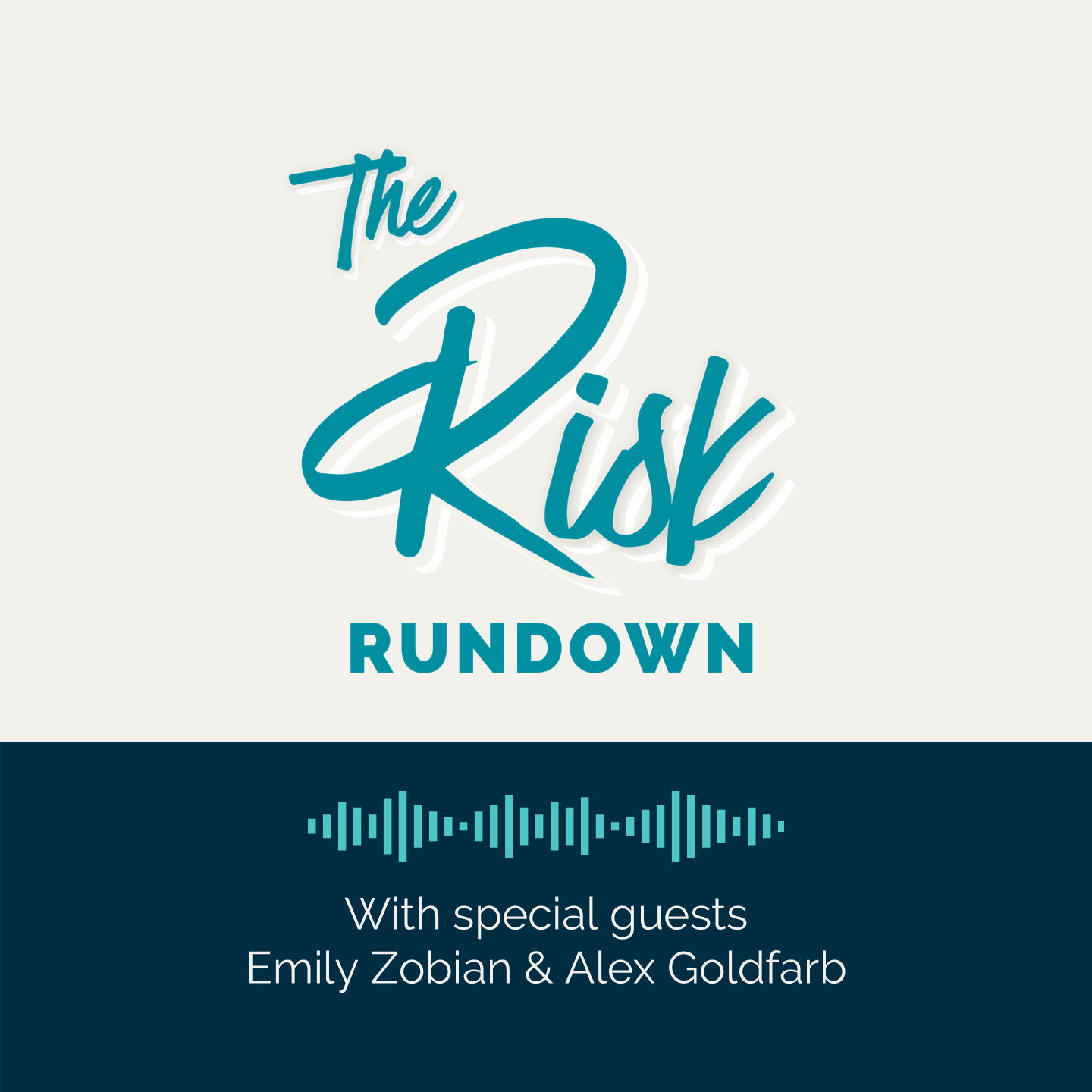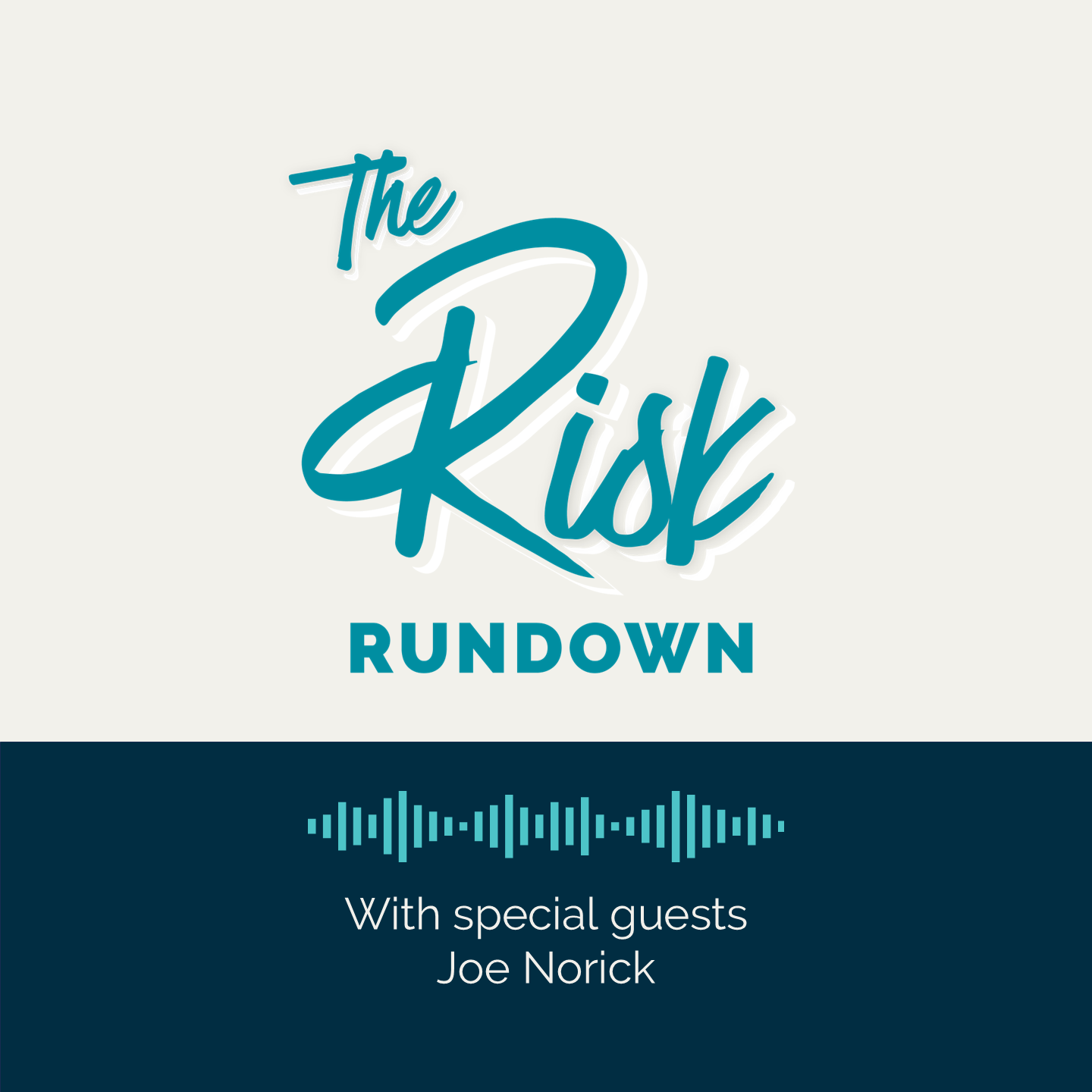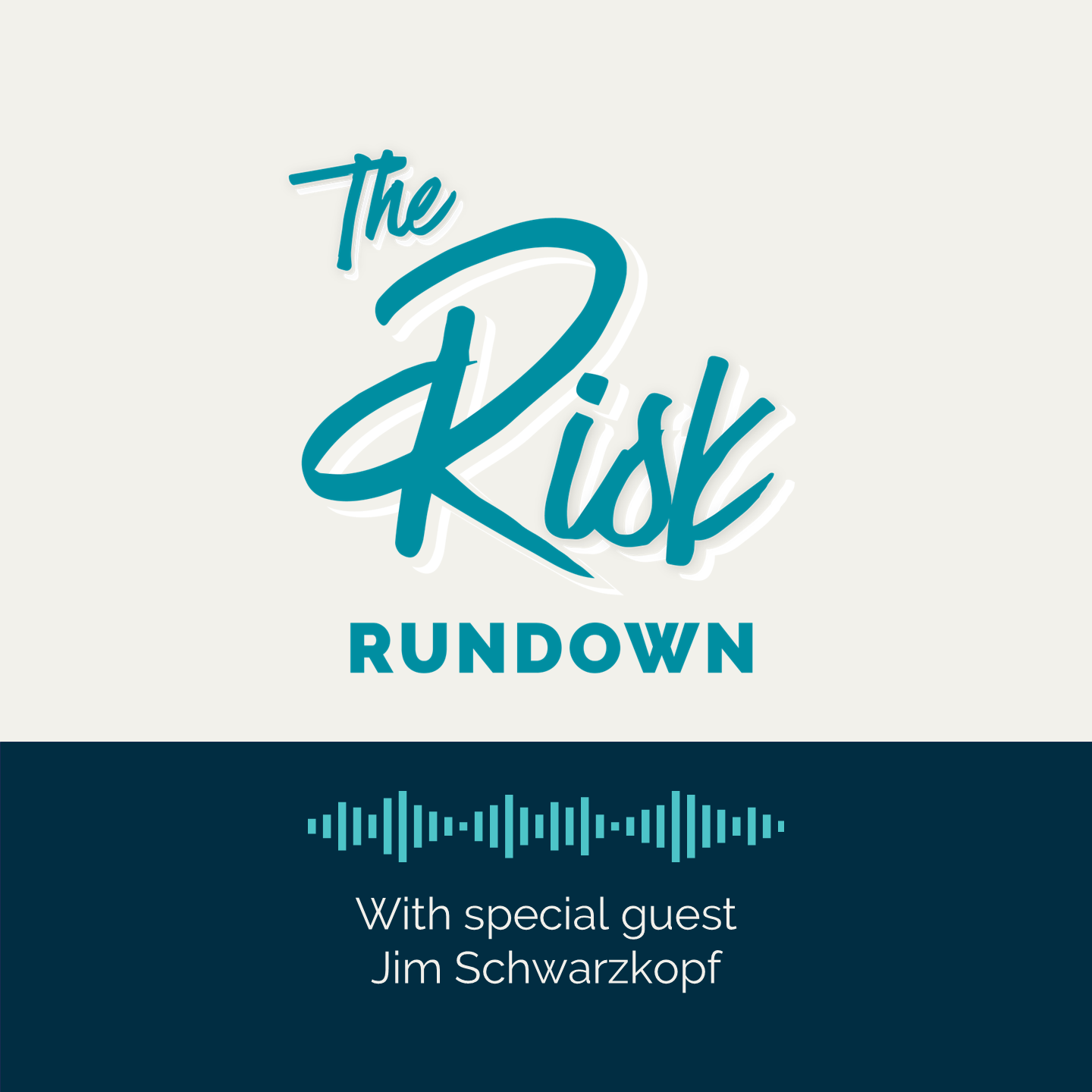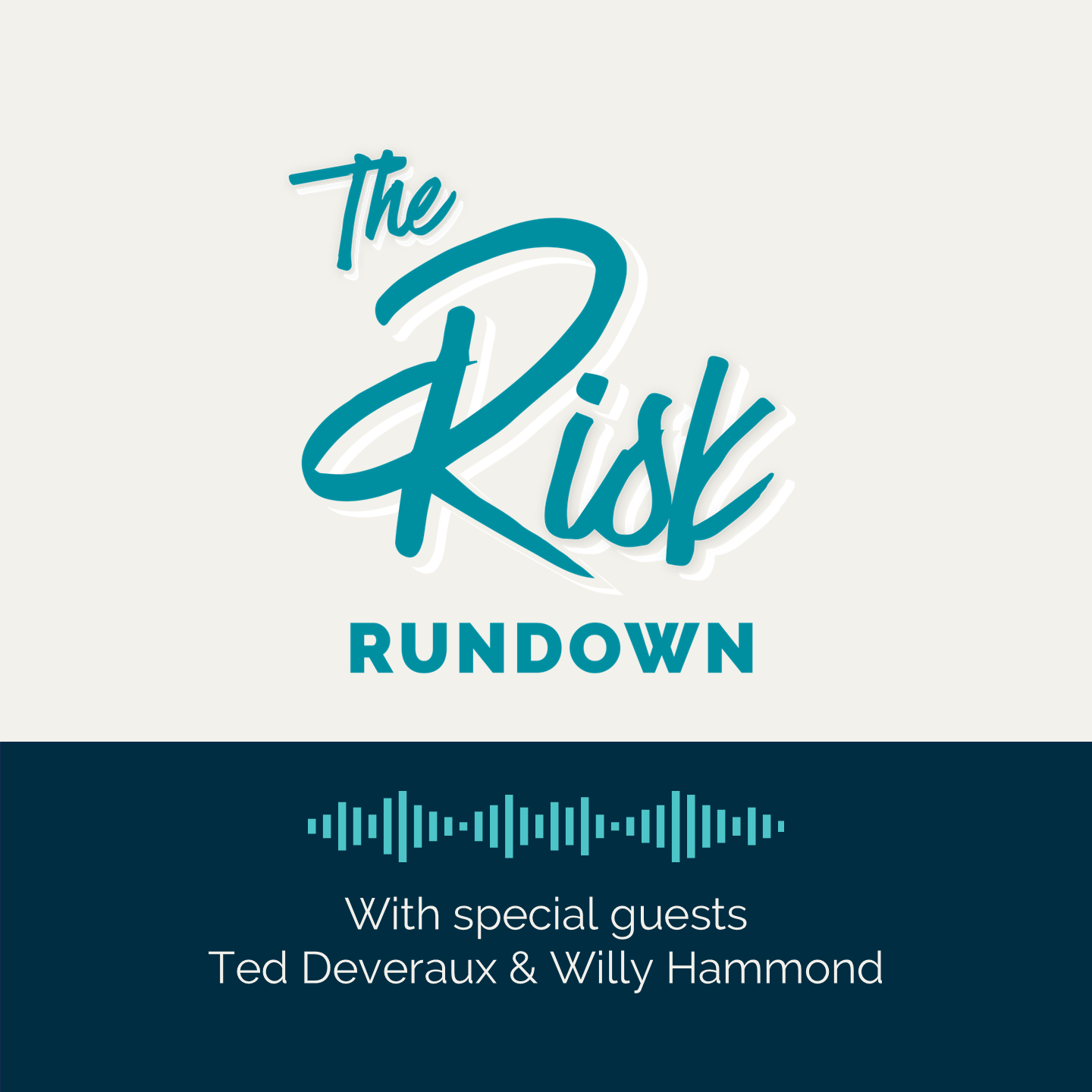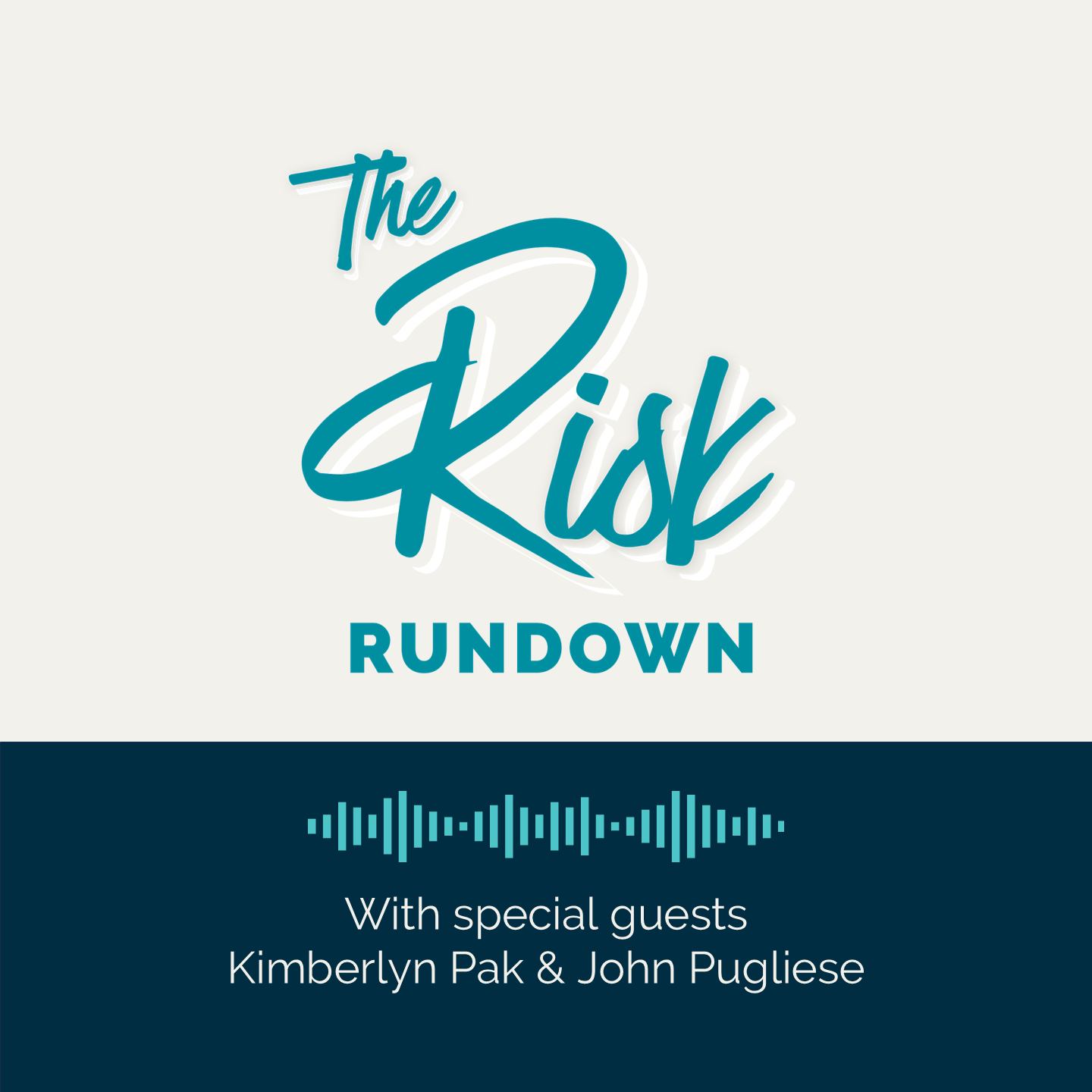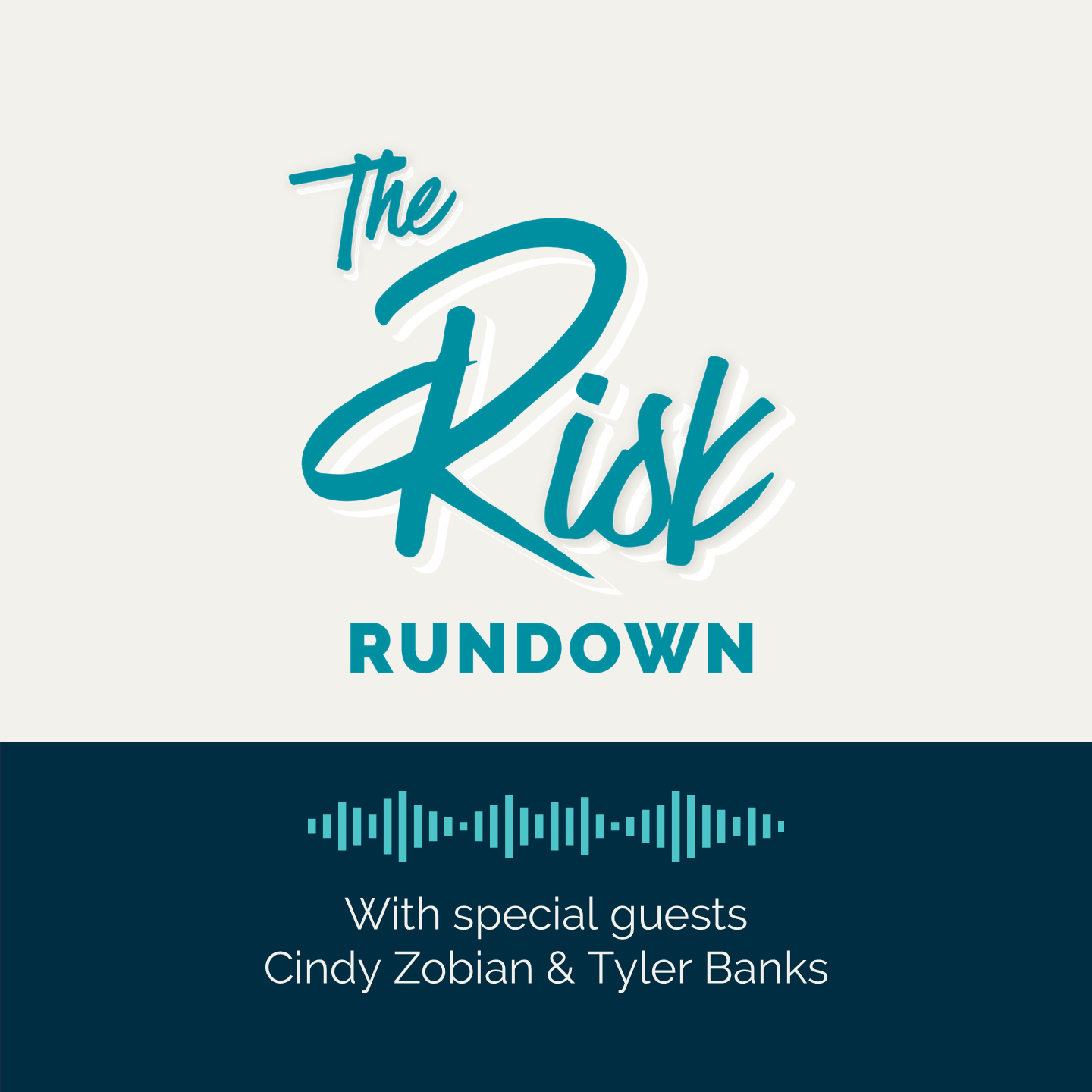Generational Perspectives on Risk
From luxury sneakers to social media exposure, today’s younger HNW generations are redefining how we look at risk. In this episode, Julie is joined by Alliant Private Client team members, Emily Zobian and Alex Goldfarb, to explore how generational shifts are influencing the way families think about insurance, privacy, and passion assets.
Julie (00:05):
All right. Alex and Emily, thank you so much for joining me. I'm very excited for this topic and I'm excited that you all are joining me for this, um, Risk Rundown episode. We are going to be talking about the next gen, um, today. And honestly, the reason I like it is because it really depends on who you're speaking with and depends on what perspective you get, right?
Julie (00:27):
So if you speak with my parents, I'm your next gen, I'm their next generation. Um, Emily. You're my next generation. So, if you're speaking to me, Alex, I'm not even going to answer for you. You can answer on your own, but
Alex (00:43):
Oh stop. You’re both my next generation.
Julie (00:44):
I know, I know, I know. but I do, um, love it because not only are we talking about the insurance consultant and advisor being the next generation, but really who our clients are and the high net worth space, right? And how they like to communicate and what's important to them and the differences in how they perceive insurance and how they perceive risk. So, Emily, I would, I'm going to start with you because I would love to know if you consider yourself the next gen or is there an next gen coming after you? What are your thoughts and how do different generations kind of view insurance?
Emily (01:23):
Yeah, I think you said it perfectly. It really depends on who you're speaking to on who that next generation is. So what I've experienced with clients and advisors is that when we're speaking, especially in the sense of families, dealing with those high-net-worth families, the next generation is such a fluid scale.
You know, we deal with some family businesses who might have the founder owner who's in their upper seventies and their next generation is their mid-fifties—you know, child who's going to take over. Um, you know, for me, I look at the next generation as these you know, younger kids who are coming up
Julie (02:00):
That's so, that's so funny that you say younger kids, but you
go right on ahead
Emily (02:04):
You know, these geniuses, um, that and just are looking to make an entrance and they want to be a part of the conversation.
Alex (02:14):
And if I could just kind of add to that, you know, perspective has a lot to do with it, so, You give someone at my, in my position, you know, with the years of experience, especially when I am working with the younger generations, I find that they may not be ready to step into their parents feet yet, uh, shoes yet, I should say they, uh, definitely have to be taken seriously, they have to be given the same respect that their parents are given.
Julie (02:41):
Quick question. So I was just having conversations earlier this week about, um, collecting. And one of the things that they were that we were talking about was, you know, the different generations of the passion assets is what we call them.
Do you all see that those are different conversations that you're having depending on which generation that you're speaking to and, and what they are collecting? Because we kind of have to stay up on that, right? We have to keep in, keep in, in touch with what, what is trending.
Emily (03:11):
So the high end bag collecting is something that we're seeing really come up. Um, another thing that I've seen is sneakers. Sneakers are a really unique collection to have and are extremely valuable. A couple of months ago, a pair of, um, Air One Jordan prototypes went for just under 400, 000 at auction. I think they tripled it what they were anticipated to go for and that's — They're never going to be on somebody's feet. They're arguably a piece of art, right? But that's going to mean more to one person than the other. Right? And I think there is some generational interest there, right? A pair of Jordans, you know, are going to mean something more to a younger generation than someone's that like, “Okay, I put my sneakers on to go for a walk and then I take them off.” So, I think it's interesting as well.
Alex (03:58):
It's, it definitely speaks to, there's, there's no question that, you know, what the parent's passion was is not necessarily going to be the kids or the grandkids passion. Um, and yeah, it's something we have to remain on our toes and be, be cognizant of it, and then just have the appropriate kind of advice, you know, if it comes up. The good news is the insurance companies have, Kind of all also pivoted and are open to a lot more of these exotic classes of, of collectibles.
Julie (04:23):
So, um, Emily, what, we kind of talked a little bit about, you know, collections and liability, but what do you think are some of the risks that the next gens aren't considering that probably they should consider?
Emily (04:37):
Absolutely. I think, you know, that idea around visibility is huge and something that we're navigating in today's world that we necessarily have not navigated before. Um, you have. People who share their life on social media, whether it be in a professional manner or just, you know, casually to their friends.
But they're uploading pictures of the inside of their house. They're walking and talking with their phone like this and you see the background of everything behind them. So we're giving so much access to ourselves. That we need to consider the risk associated with that.
Julie (05:15):
I remember back in the day when actually MTV Cribs started. So now it's like gone viral with all this TikTok and all this other stuff of everyone doing it now. But back in the day, you know, they were showing us their most intimate parts of their. Of their houses and all of their cars at the end. And now that's a huge exposure for these people. Right?
So I think to your point, I think that's very important that people need to realize not only for, you know, the liability portion of who you are and what you have, but now they act for a lawsuit, but now they actually know what you have as well.
Julie (5:53):
So how do you think that the different generations actually think about, let's say liability coverage? That's a big thing that no matter how many assets you have, you, somebody that is of significant wealth needs the liability coverage. How do you, how do you work with them on getting those types of getting that type of coverage?
Emily (06:12):
I think some of the conversations that I have with, say, G1 and G2 is allowing them also to understand their visibility. Um, they might say, well, I'm not on Instagram. I'm not on Facebook. I'm not on X, right? But if you're tied to a family business, or you sit on a board and someone throws your name into Google and they see all of that, that little fender bender turns into something much larger and getting them to understand that online presence, whether it's intentional or not, you have it right.
And that presence plays into your, your liability risks.
Julie (06:47):
What do you think that they need to be thinking about or how do we get them to start preparing for the future?
Emily (07:02):
Being able to give them the education because they want to be empowered to make those decisions. They want to understand what their coverage actually covers. What does sewer backup mean? And what's the difference from flood to you versus flood to an insurance carrier?
Alex (07:07):
You know, as things change in their lives, they're not always conscious of what they should be sharing, let's say, with someone like us.
You know, I'm just thinking the cycle of one of these clients, you know, usually you start them off when they just, first time moving out of the house or going to college, and you get them a small renters policy.
And now, you know, fast forward, you know, a few years past, there's hardly any communication and suddenly they're getting married. There's an engagement ring and there's, oh yeah, there may be a condominium in Brooklyn for $7 million. These are true stories. So, point is, you know, it's because of the constant kind of connection. Um, and, and having that, you know, open dialogue and being there for them just to answer the most mundane of questions. They know who to reach out to when there's a major change in their life that is going to impact their need for insurance.
Julie (07:57):
I think, you know, I've said this multiple times and I know I've probably said it to both of you, if not one of you, is 80 % of our job is education, right? If we can educate people about what they have and what they don't have, then, you know, we can definitely explain to them and help them cover the risks and the exposures, right, of what happens to those sneakers when, you know, there's a fire. Or what happens when those sneakers when, you know, somebody wears them and now they're all scuffed up and they're not worth $400,000 anymore, right? Or, you know, different exposures that happen. And so I think that if we can speak to them about the different types of risks and what happens— and what could potentially happen— then I think it's really important in that way they can understand what they have on the line, really. And, you know, if we can give them examples about the what-ifs, it's always a good way to educate them.
It's always a good way to kind of get their attention on what really is important in their life. And if those sneakers are really important and all of a sudden their housekeeper takes them and sells them on eBay or something, then there's a theft claim right there.
Julie (09:10):
Well, I just I'm gonna wrap it up, but I just want to thank you guys both for for joining me today again I think we have like three different perspectives here, right and three different ways of thinking about it But we I think we're all on the same page We might be in a different chapter, but we're on the same page. So I want to thank you guys for joining me and until next time.
Host: Julie Rison – Director, Strategic Client Relationships
Guests: Alex Goldfarb – Client Service Team and Emily Zobian - Sales Team
00:00 – Welcome & introduction
Julie Rison welcomes Emily Zobian and Alex Goldfarb for a candid conversation about “next gen” perspectives in the high-net-worth insurance space. They explore how generational differences shape the way clients and advisors approach risk, coverage, and asset protection.
00:44 – What is the next generation in high-net-worth insurance, and why does it matter for risk planning?
Julie, Emily, and Alex discuss how the definition of “next generation” changes depending on the context—sometimes it’s a 50-year-old heir to a family business, other times it’s young adults just starting to build wealth. They unpack why understanding who the “next-gen” is for each client matters for risk management.
02:41 – How do generational shifts impact collectible asset insurance needs?
From luxury handbags to rare sneakers the team discusses up-and-coming passion assets and why insurance advisors need to stay on top of evolving trends.
04:23 – Risks next-gen clients may overlook
Emily highlights the growing exposure from social media visibility. Julie connects this to broader liability risks and the importance of proactive coverage.
05:53 – How should high-net-worth individuals think about liability coverage across generations?
Some clients assume they’re protected simply because they aren’t on social media, but the team explains how online presence, board affiliations, and public visibility can increase liability risk—regardless of age or digital activity.
07:02 – Educating the next gen on coverage and risk
Alex shares how major life changes often happen without clients realizing their insurance should be updated. Emily notes how empowering younger clients with insurance literacy like helping them understand terms like “sewer backup” and the difference between flood coverage definitions is critical to help clients of all ages to make thoughtful insurance decisions. Julie emphasizes that 80% of the advisor’s role is education.
09:10 – Closing thoughts: Same page, different chapters
Julie wraps up the discussion, noting the shared goal across generations—protecting what matters most—even if each group approaches it from a different angle.
Thanks for your message.
We’ll be in touch shortly.

